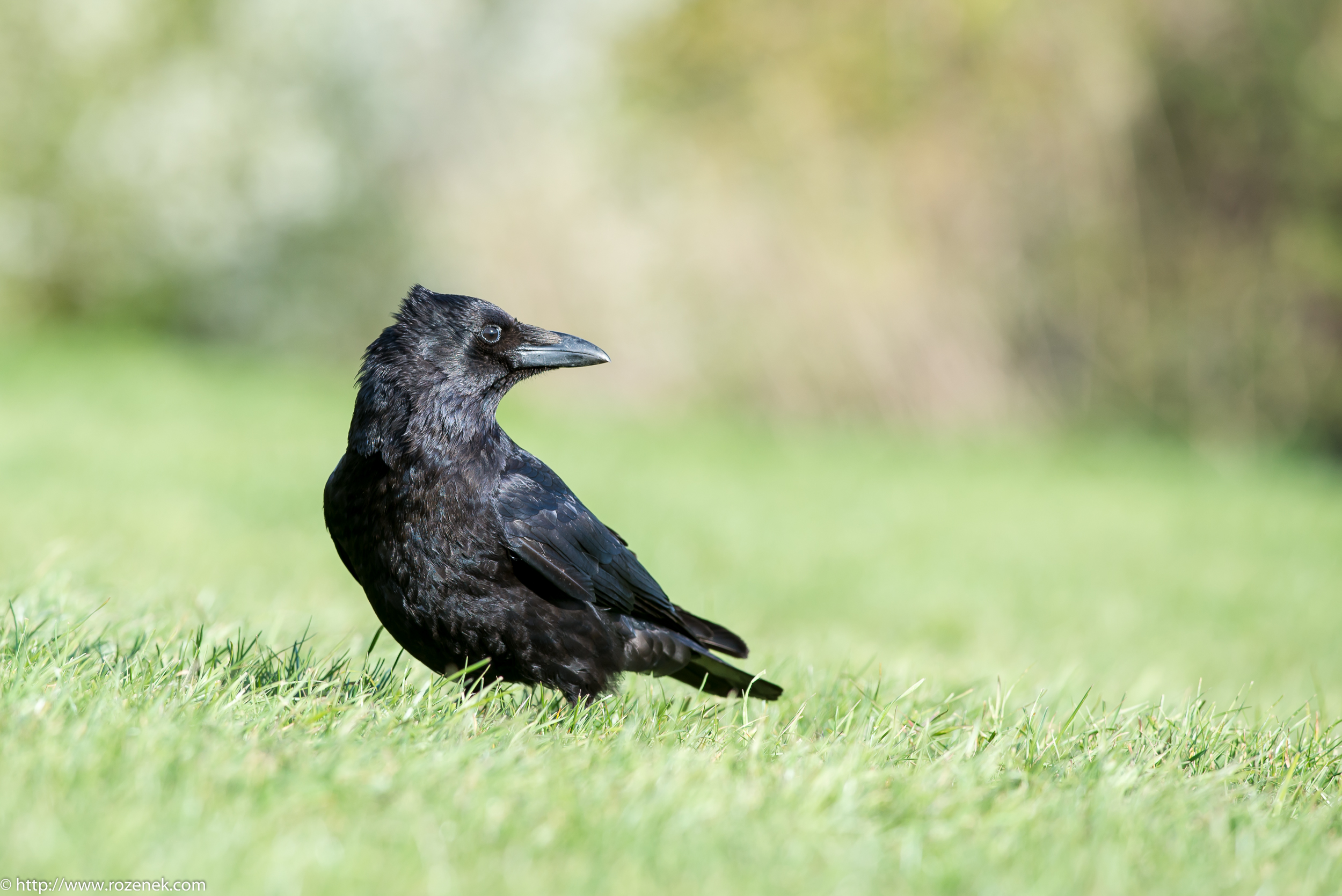
We tested six captive crows – three individuals never exchanged the initial reward for a higher quantity the other three birds did exchange though at very low rates. After a short delay, individuals were asked to give back an initial reward (cheese) to the human experimenter in order to receive a higher amount of the same reward (two, four, or eight pieces). In the present study, we specifically investigated the ability of carrion crows to overcome an impulsive choice in a quantitative exchange task. Recently two corvid species, common raven ( Corvus corax) and carrion crow ( Corvus corone corone), exchanged food for a higher quality reward though seemed less capable of enduring delays when exchanging for the same food type in a higher quantity. However, studies on non-human primates revealed that some species are capable of enduring delays in order to get food of higher quality or quantity. The ability to control an immediate impulse in return for a more desirable – though delayed – outcome has long been thought to be a uniquely human feature. 4 Centre National de la Recherche Scientifique, UMR7178, Strasbourg, France.


Journal of Comparative Neurology, 475, 426-461.Ītoji, Y., & Wild, J. Fiber connections of the hippocampal formation and septum and subdivisions of the hippocampal formation in the pigeon as revealed by tract tracing and kainic acid lesions.

Journal of Comparative Neurology, 526, 146-156.Ītoji, Y., & Wild, J. Differential projections of the densocellular and intermediate parts of the hyperpallium in the pigeon (Columba livia) Yasuro. The Journal of Comparative Neurology published by Wiley Periodicals LLC.Ītoji, Y., Sonjoy, S., & Wild, J. The presented global organization of the crow brain in stereotaxic coordinates will help to guide future neurobiological studies in corvids. While the overall organization of the carrion crow's brain matches other songbird brains, the relative proportions and expansions of associative pallial areas differ considerably in agreement with enhanced cognitive skills found in corvids. In addition, 3D depictions of pallial regions were reconstructed from these slices. The extent of these subdivisions and brain nuclei are described according to stereotaxic coordinates. This allowed us to identify brain nuclei throughout the brain and delineate the known pallial subdivisions termed hyperpallium, entopallium, mesopallium, nidopallium, arcopallium, and hippocampal complex. We applied four staining techniques to brain slices (Nissl, myelin, combination of Nissl and myelin, and tyrosine hydroxylase targeting catecholaminergic neurons).

Here, we present a brain atlas of the carrion crow, Corvus corone, with special emphasis on the telencephalic pallium. However, a systematic mapping of the neuroanatomy of the corvid brain, and the telencephalon in particular, is lacking so far. The superior cognitive capabilities of corvids mainly emerge from a disproportionally large telencephalon found in these species. Corvidae, passerine songbirds such as jays, crows, and ravens known as corvids, have become model systems for the study of avian cognition.


 0 kommentar(er)
0 kommentar(er)
